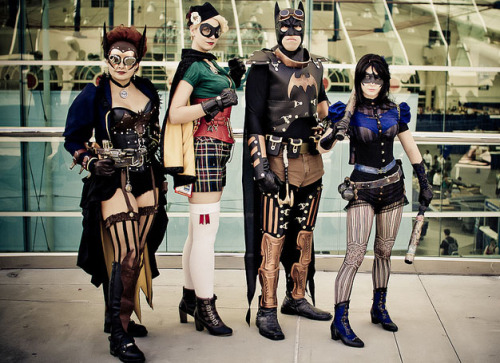
This cabinet, that looks more like a dining room side cabinet than a writing cabinet at first glance, caught my eye when I first saw it upon arriving at Cooper-Hewitt as a curator. I considered the Arts and Crafts movement an area in which I had some knowledge, so I was fascinated that I had to try to guess who designed this piece and where. When I looked at it from the outside, I thought it might be British, thought about Belgium, but felt I should look for comparable objects--which I did but without much luck. To complicate matters, the inlay struck me as more Austrian or German, especially on the inside. I felt determined that I should solve the mystery without looking it up in the records for help. Eventually I had to look it up and discovered that I had heard of the designer, but in a different context. She was also a portrait miniature painter, textile designer, interior designer and mother of the poet May Sarton. I had seen and catalogued a few very elegantly painted miniatures by her, created during the first decade of the twentieth century, but certainly could not have connected her with furniture from that. The geography of the piece seems to echo her biography. The designer, born in Britain as Eleanor Elwes, married a Belgian historian, George Sarton in 1911 and lived there until Germany invaded Belgium in 1915 when they fled to the United States. The cabinet was part of a suite she designed for the firm L’art Décoratif in Brussels, and was exhibited at the International Exhibition in Ghent in 1913.
According to family papers, all the cabinetwork was made in Belgium but the inlays were executed in Bavaria. So, here we find a bit of British, mixed with a lot of Belgium, and a bit of Austrian-influenced German inlay. The interior compartments, also decorated with the elegant stylized inlays, reflect a desire for removing clutter into these compartments, a concept that harmonized with the arts and crafts aesthetic of clean lines. Yet the use of rich woods and mother-of-pearl, also found in Vienna and later in Art Deco furniture, shows an appreciation of the materials to enhance a simple form.
The acceptance of a woman designer as a full-fledged designer was happening in Glasgow and Vienna around 1900, in Glasgow with the Macdonalds, and in Vienna with a few of the Wiener Werkstätte designers, but mostly as textile and jewelry designers. Mabel Sarton was a great rarity in the world of furniture design as a woman. The tale goes on with her arrival in the United States, and her furnishings and decorating business in Washington DC that included her embroidery, her retailed goods and her teaching applied arts. But that is for another day.


























